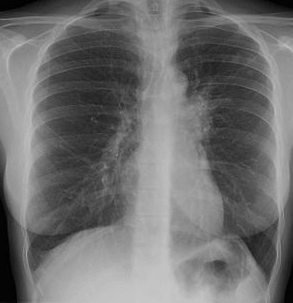Rheumatism
Definition:
Rheumatism: An older term used to describe a number of painful conditions of muscles, tendons, joints, and bones. Rheumatic conditions have been classified as localized (confined to a specific location, such as bursitis and tendonitis), regional (in a larger region, such as chest wall pain), or generalized (affecting many and diverse parts of the body, as in fibromyalgia). Rheumatic diseases and conditions are characterized by symptoms involving the musculoskeletal system; many also feature immune system abnormalities.
Signs & Symptoms:
While early RA symptoms can be mimicked by other diseases, the symptoms and signs are very characteristic of rheumatoid disease. The 15 early rheumatoid arthritis symptoms and signs discussed in this article include the following:
Fatigue
Joint pain
Joint tenderness
Joint swelling
Joint redness
Joint warmth
Joint stiffness
Loss of joint range of motion
Many joints affected (polyarthritis)
Limping
Joint deformity
Both sides of the body affected (symmetric)
Loss of joint function
Anemia
Fever
Cause:
Rheumatoid arthritis occurs when your immune system attacks the synovium the lining of the membranes that surround your joints.
The resulting inflammation thickens the synovium, which can eventually destroy the cartilage and bone within the joint.
The tendons and ligaments that hold the joint together weaken and stretch. Gradually, the joint loses its shape and alignment.
Doctors don’t know what starts this process, although a genetic component appears likely. While your genes don’t actually cause rheumatoid arthritis, they can make you more susceptible to environmental factors such as infection with certain viruses and bacteria that may trigger the disease.
How To Cure:
- Exercise
Regular exercise is one of the first steps you need to take to fight rheumatoid arthritis symptoms. Exercise will help reduce fatigue, strengthen muscles and increase range of motion.
Plus, it will reduce the risk of developing osteoporosis and help fight depression, which can plague anyone coping with RA.
Three types of exercise are very helpful:
Range-of-motion exercises should be done for at least 30 minutes daily.
Strengthening exercises should be done 2 or 3 times a week.
Endurance (cardio or aerobic) exercises should be done for at least 30 minutes, 3 or 4 times a week.
If needed, consult an expert about how to start an exercise program and which types of exercises to do and avoid.
- Hot and Cold Compresses
Alternating hot and cold compresses can also help deal with symptoms of rheumatoid arthritis. While a hot compress will reduce pain by relaxing sore muscles and joints, a cold compress will dull the pain and reduce joint swelling and inflammation.
Wrap a hot water bag in a towel for the hot compress.
Wrap some ice cubes in a thin towel for the cold compress.
Place the hot compress on the affected area for about 3 minutes.
Remove it and immediately put the cold compress in its place for about 1 minute.
Repeat the process for 15 to 20 minutes a few times daily until you get relief.
You can also use these compresses separately.
Note: Avoid hot compresses if the affected area is red, hot and irritated. Do not use cold therapy if you have circulatory problems.
- Fish Oil
Several studies show that fish oil also helps reduce joint pain and stiffness due to RA. Fish oil has omega-3 fatty acids EPA and DHA that have an anti-inflammatory effect on the body and can help reduce pain. Also, fish oil helps protect against heart disease, which people with RA have a higher risk of developing.
Take up to 2.6 grams of fish oil (with at least 30% EPA/ DHA) twice daily.
Also include cold water fish, such as tuna and salmon, in your diet.
Note: Consult your doctor before taking fish oil supplements as they may interfere with certain medications.


